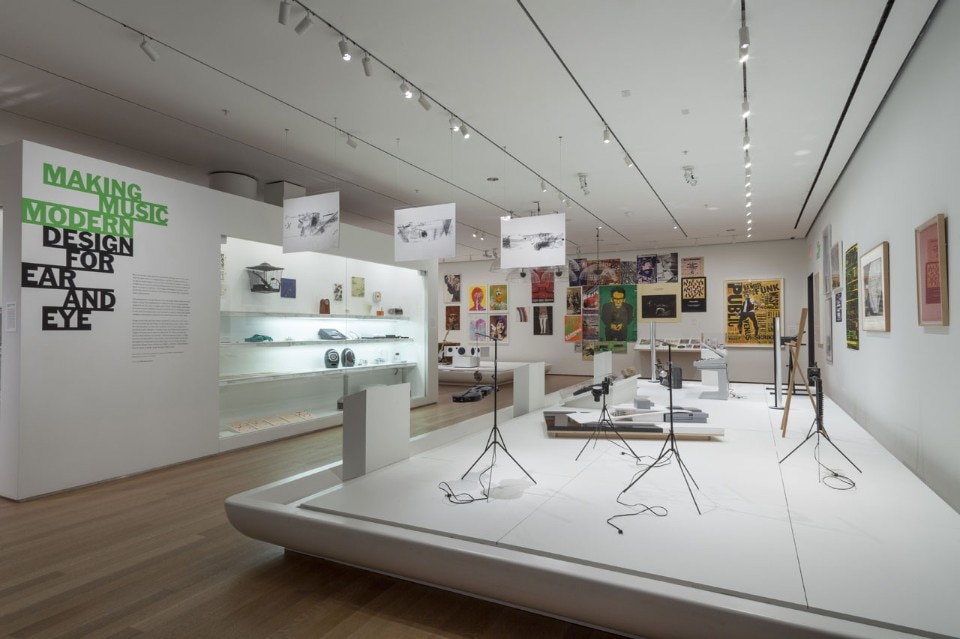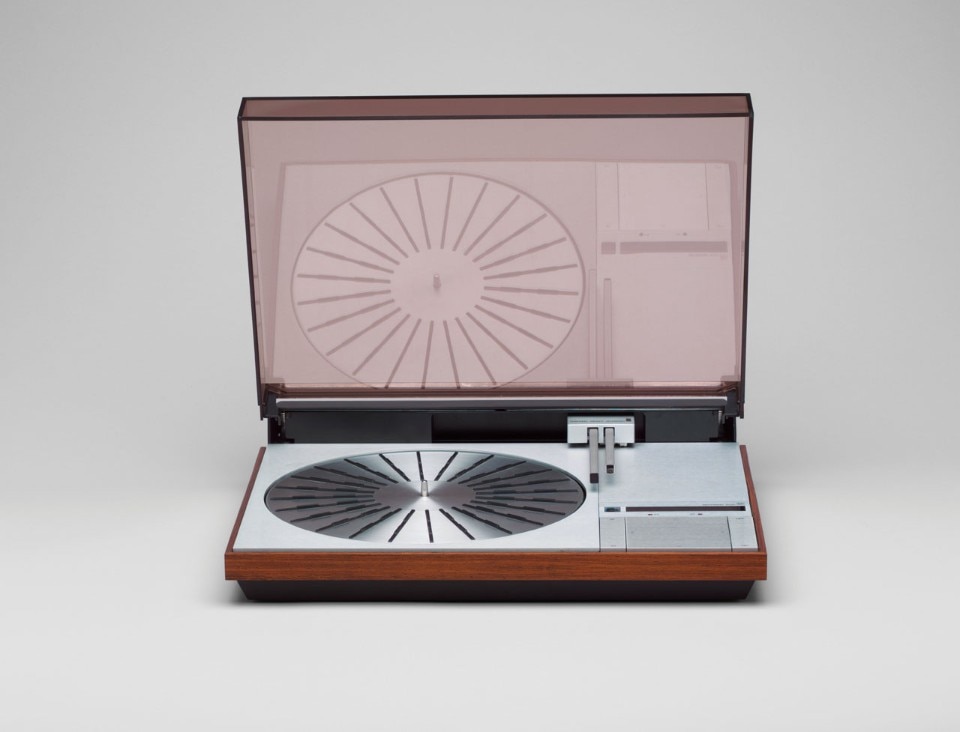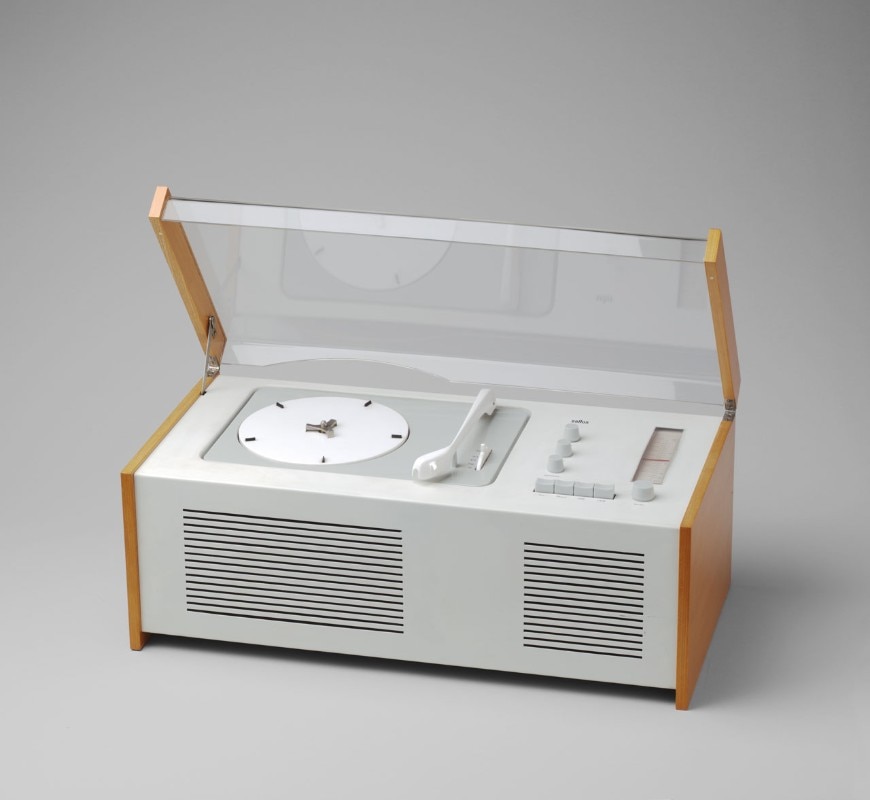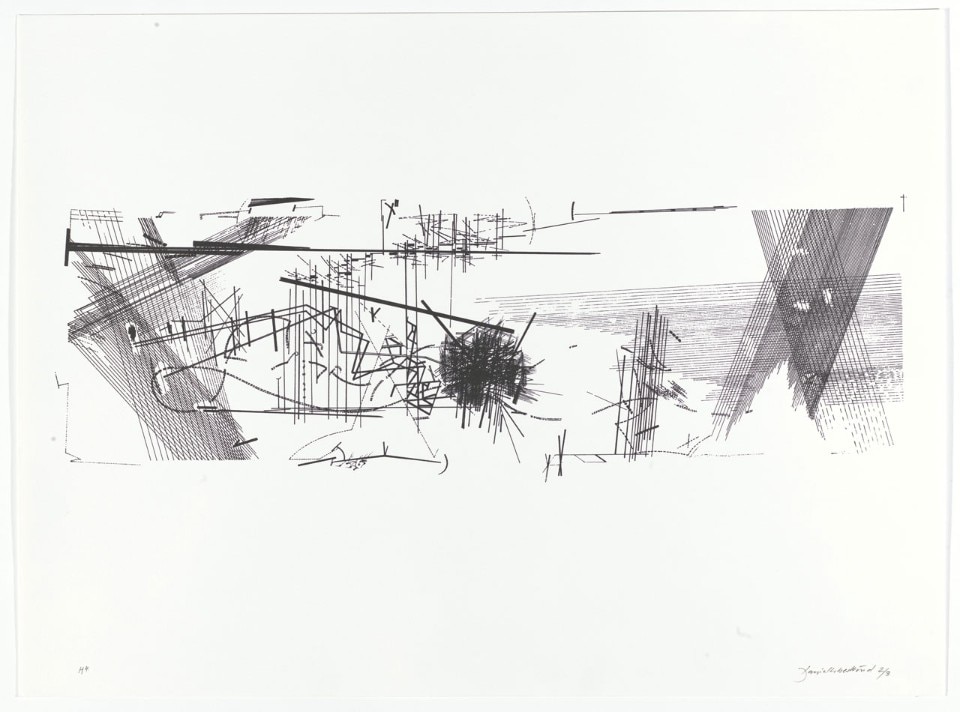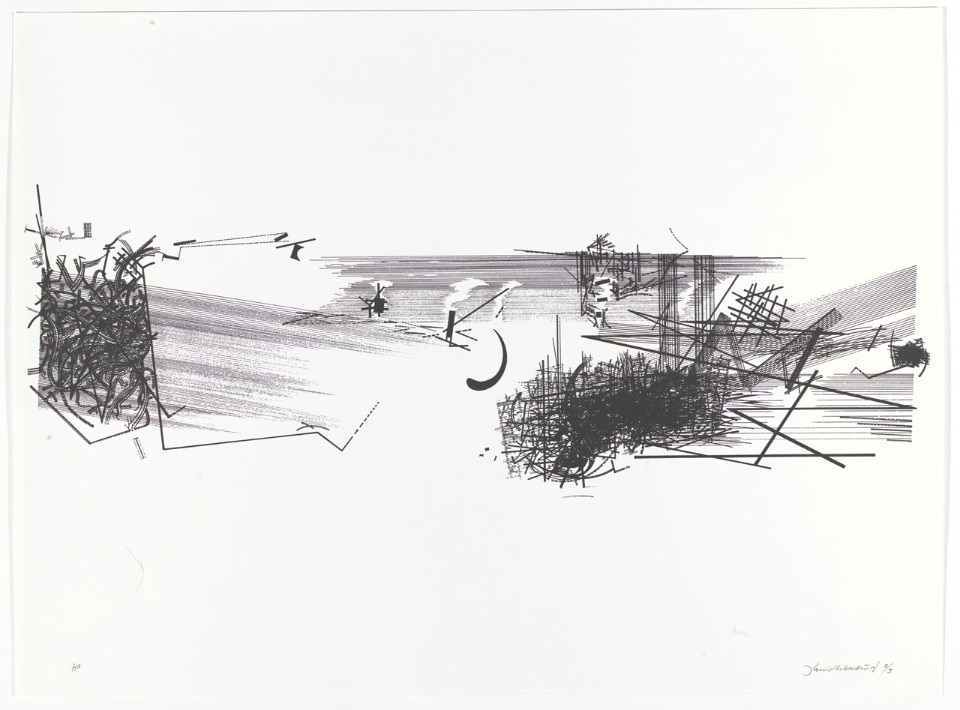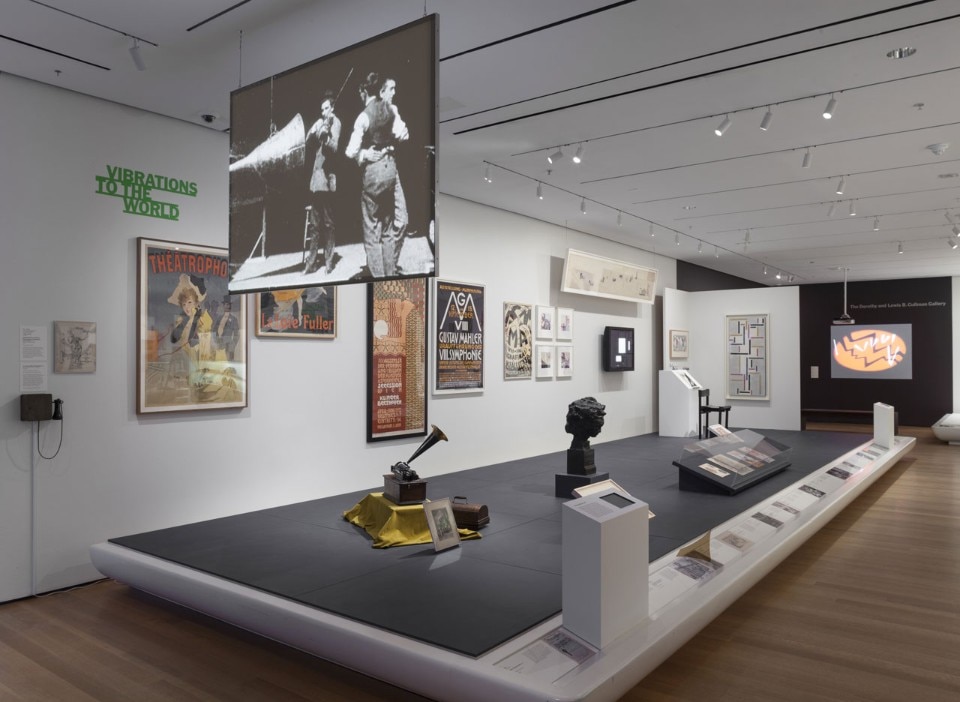
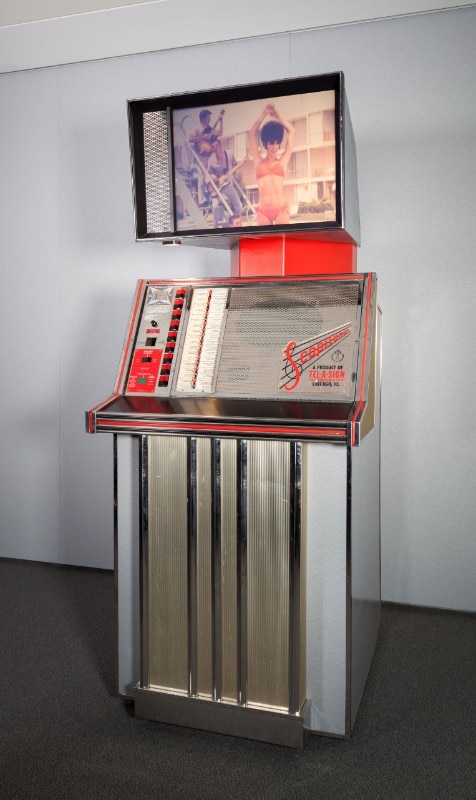
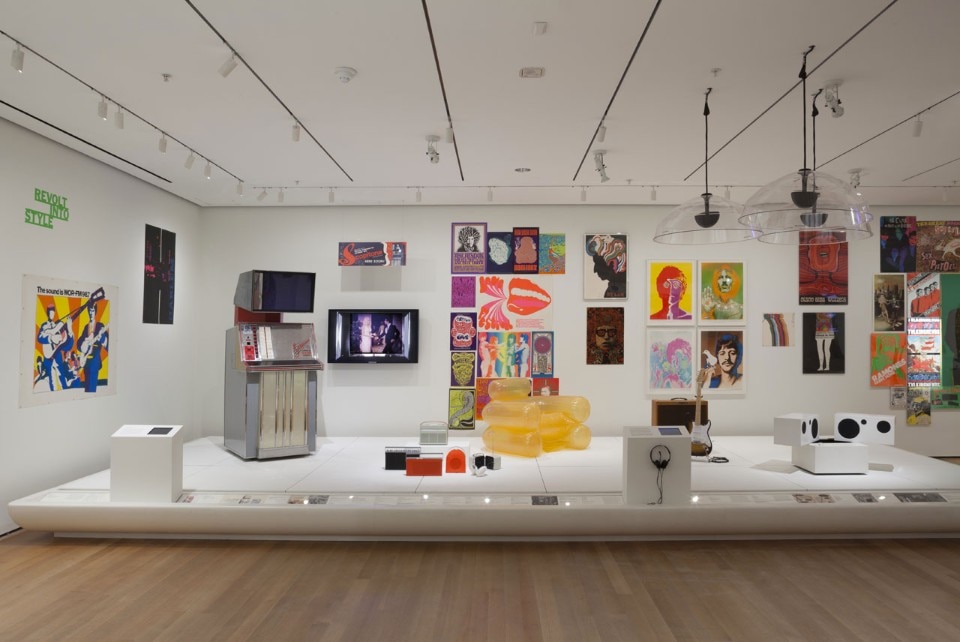
The multimedia route features five packed sections – “Vibrations to the World”, “Visual Music”, “Wired for Sound”, “Revolt into Style” and “New Sonic Worlds” – with exhibits ranging from cylinder phonographs to song-sheets, Futuristic and Dadaist, punk and cult inspirations, record sleeves and vinyl records as well as Walkmans and armchairs, LPs, video-clips and headphones – for listening to and seeing everything: David Bowie, Britney Spears, graphic art showing rain on a roof or the video of Nina Simone at the Harlem Cultural Festival in 1969.
“Modern design has empowered us to create and explore an unprecedented range of music – comments Juliet Kinchin, “radio, turntable, tape recorder, electric guitar, synthesizer, and boom box have inspired composers and performers to manipulate sounds in new ways. Music has been a model for many avant-garde designers, a starting point for the development of new kinds of spatial and conceptual thinking.”
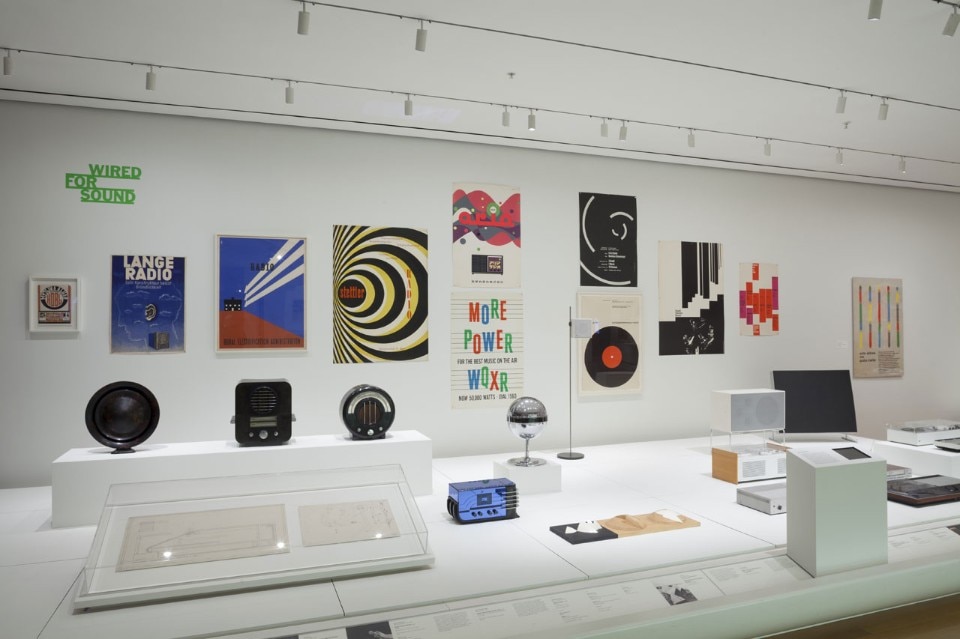
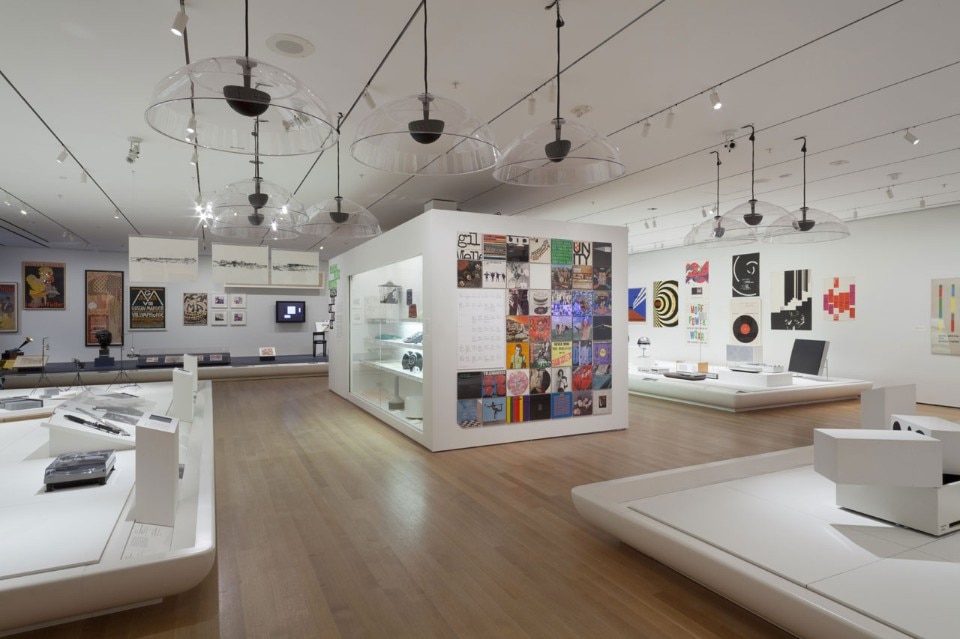
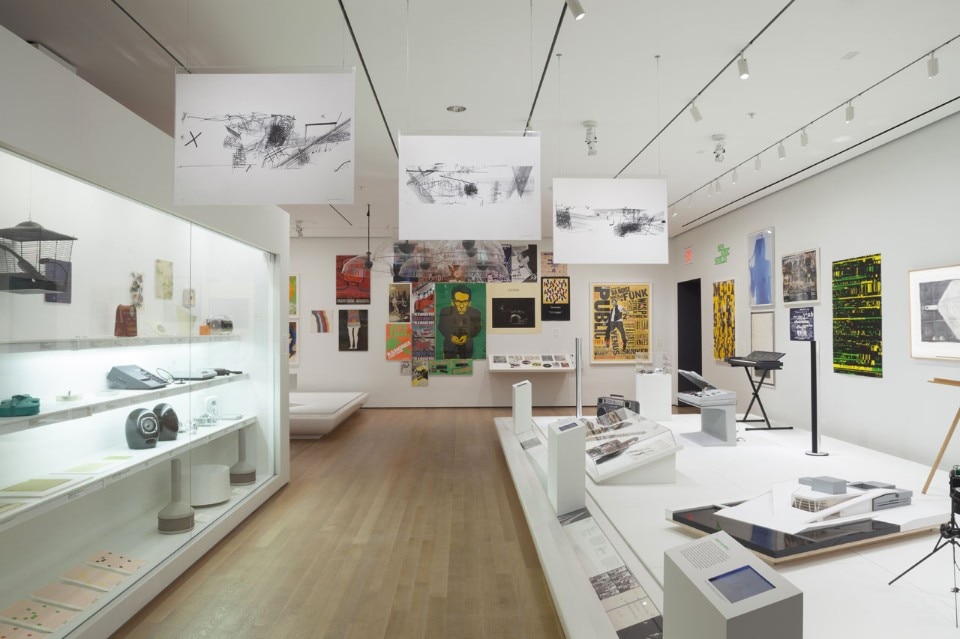
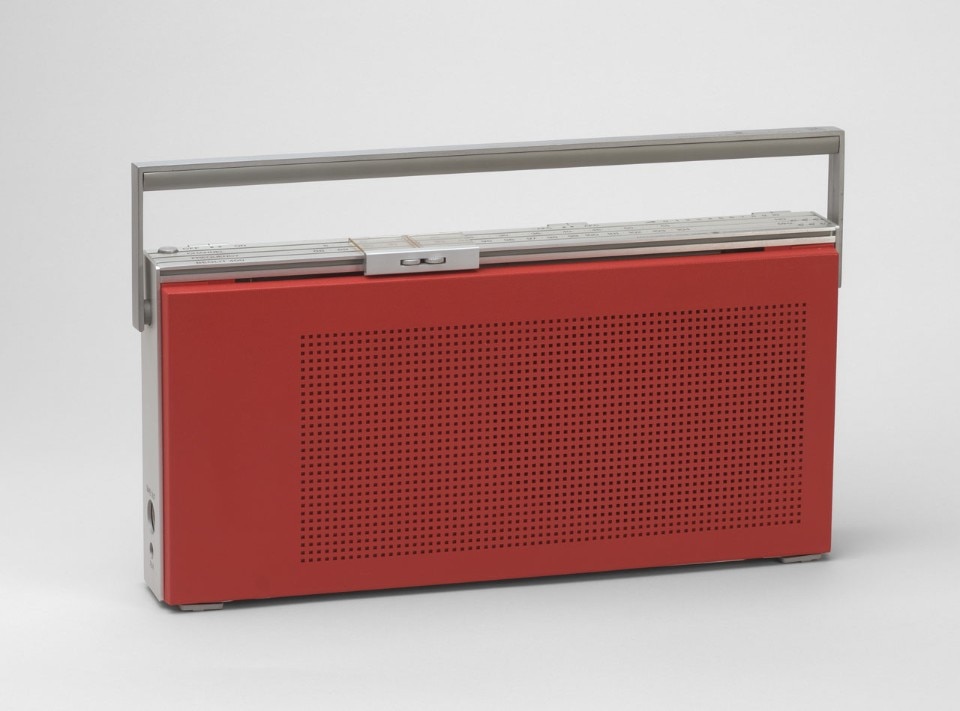
The 1937 Sparton 558 Sled Radio designed by Walter Dorwen Teague could not be absent; after all, it turned radio into big business. With its fins and mirrors, it epitomises the kind of industrial design abhorred by MoMA curators of the 1930s and 1940s for having the nerve to prioritise showmanship over function.
The exhibition includes Braun’s LE 1 electrostatic speaker, designed by Dieter Rams in 1960. This stood out for its large, light membrane. Become synonymous with clarity of sound, it fully embodied the philosophy of the German designer who worked for Braun for 40 years. The Apple lineage, particularly Steve Jobs and Jonathan Ive, will forever be indebted to Rams and his “less but better” philosophy.
Prominently on show is also the Scopitone, a forerunner of the MTV generation. Created in France in the 1950s and introduced to the American market in 1969, this jukebox played the short films produced to accompany songs. Its sad demise was brought about by the advent of colour television and a failure to integrate with the music industry.
Blow is another cult piece featured, having made a swift entry into the history of music and design. This low-cost, inflatable armchair in transparent PVC was designed by De Pas, D’Urbino and Lomazzi in 1967. It was, by no coincidence, published in the Zanotta catalogue in the same year as Plastic Fantastic Lover was released, a symbolic song by psychedelic rock pioneers Jefferson Airplane.
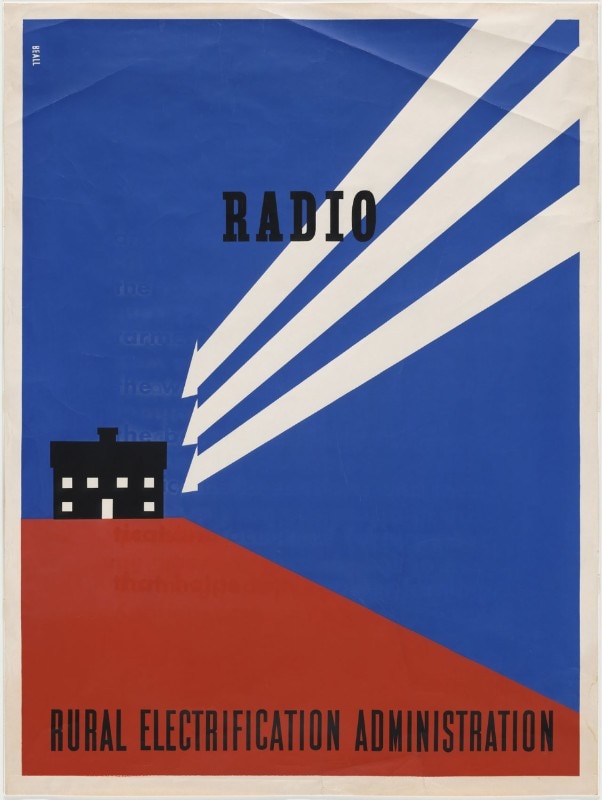
The most revolutionary of all the revolutionary items is the Fender Stratocaster, the most popular electric-guitar model in memory with a solid body (a guitar with no soundbox), three pickups (the electric devices that transform string vibrations into an electric impulse) and a light ergonomic form that plays even the highest notes.
A wall of undying hits has also been set up for eternity, displaying everything from the sleeve of the Sex Pistols’ Never Mind the Bollocks to that of Clash’s London Calling and Andy Warhol’s irresistible Sticky Fingers sleeve for the Rolling Stones.
until 1 November 2015
Making Music Modern: Design for Ear and Eye
MoMA, New York
The Philip Johnson Architecture and Design Galleries


